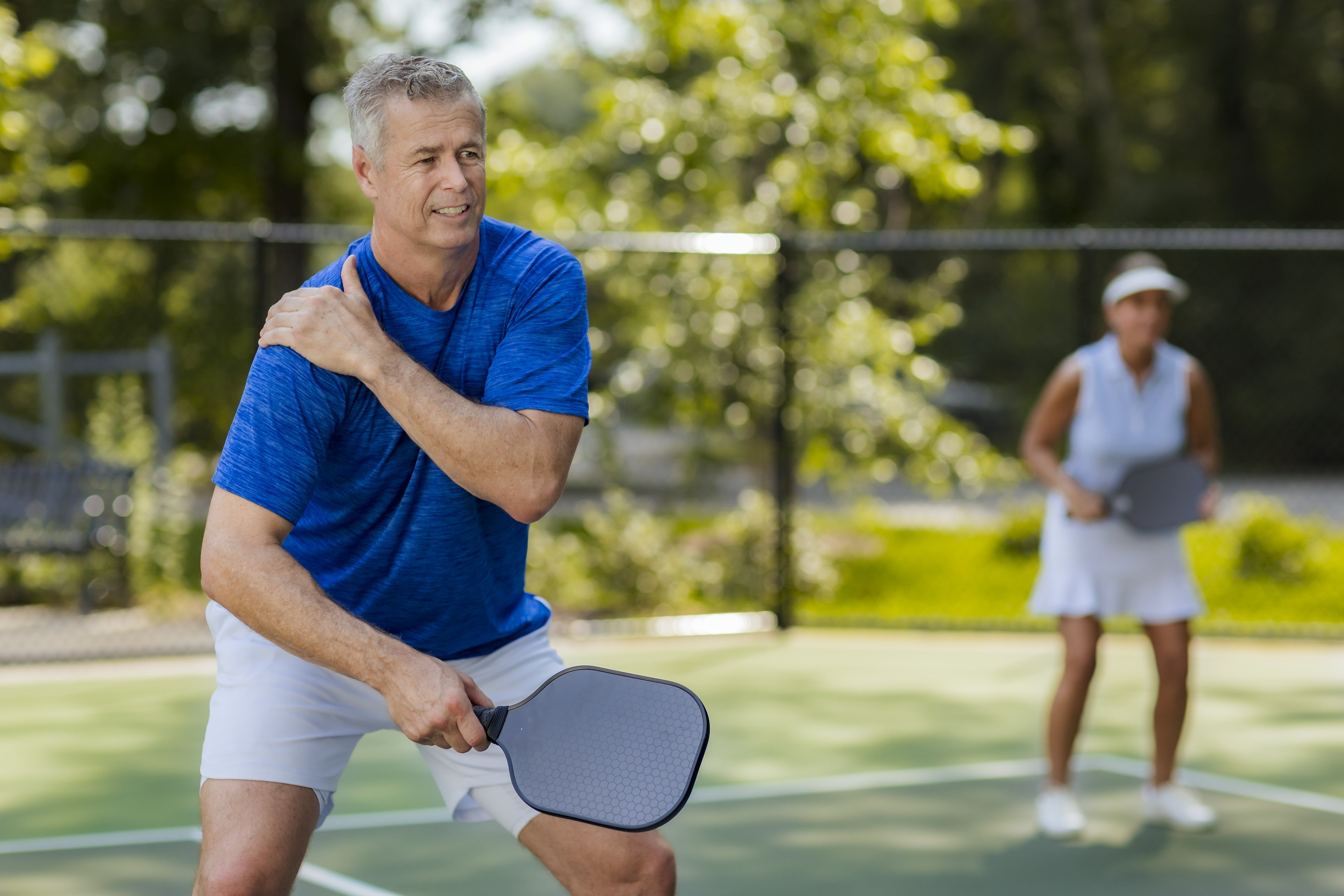
Sep 09, 2025
How to Prevent Pickleball Injuries in Seven Essential Steps
Understanding Common Pickleball Injuries
Essential Strategies for Pickleball Injury Prevention
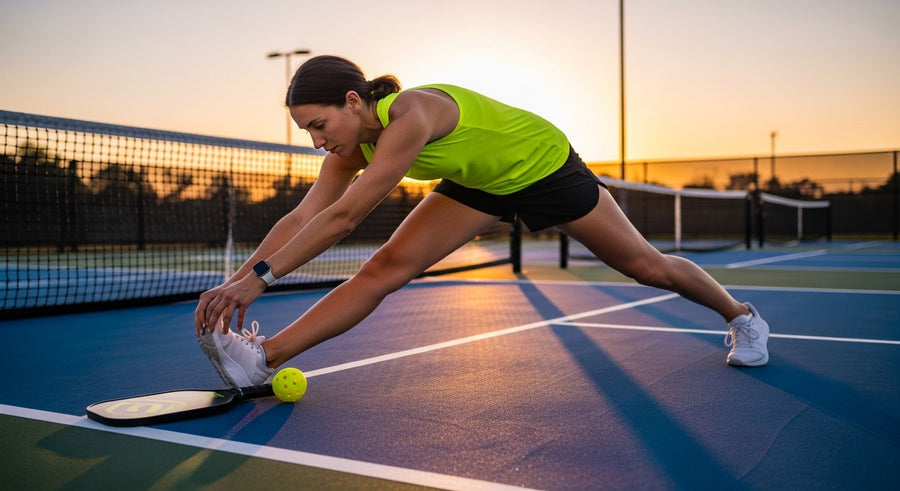
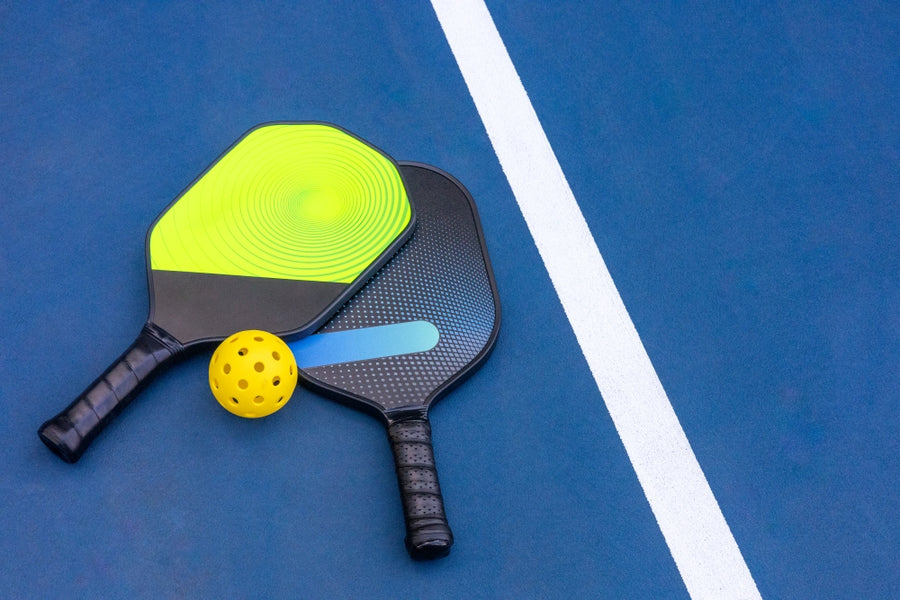
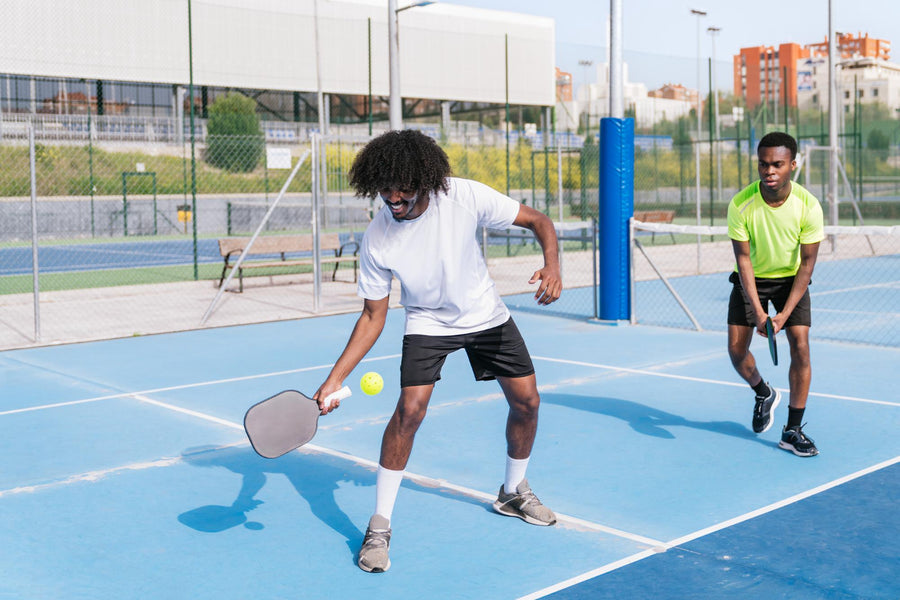
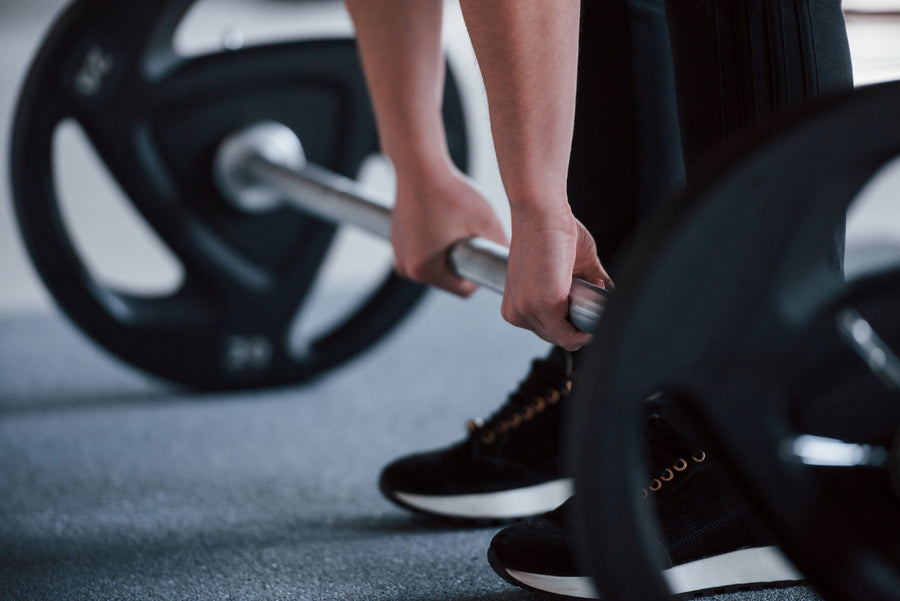
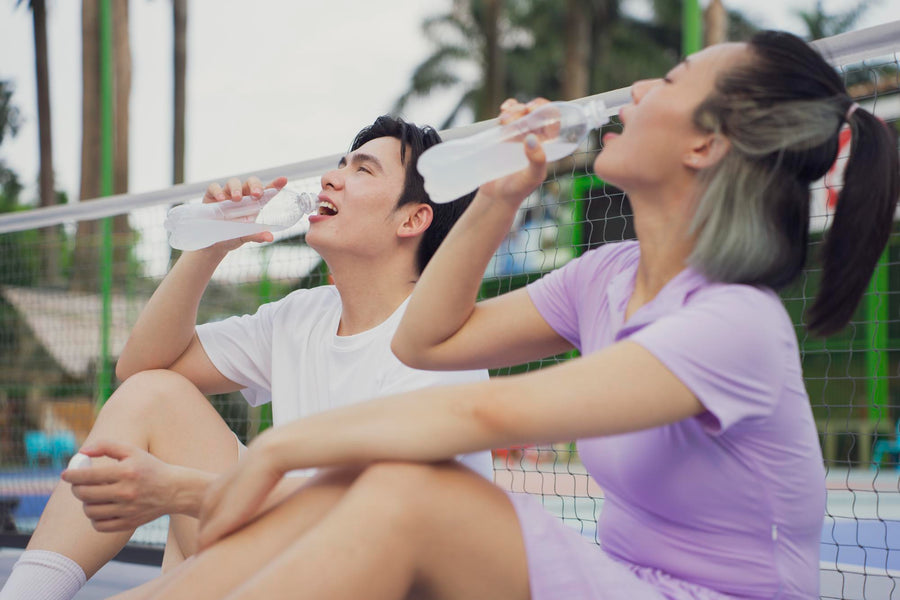
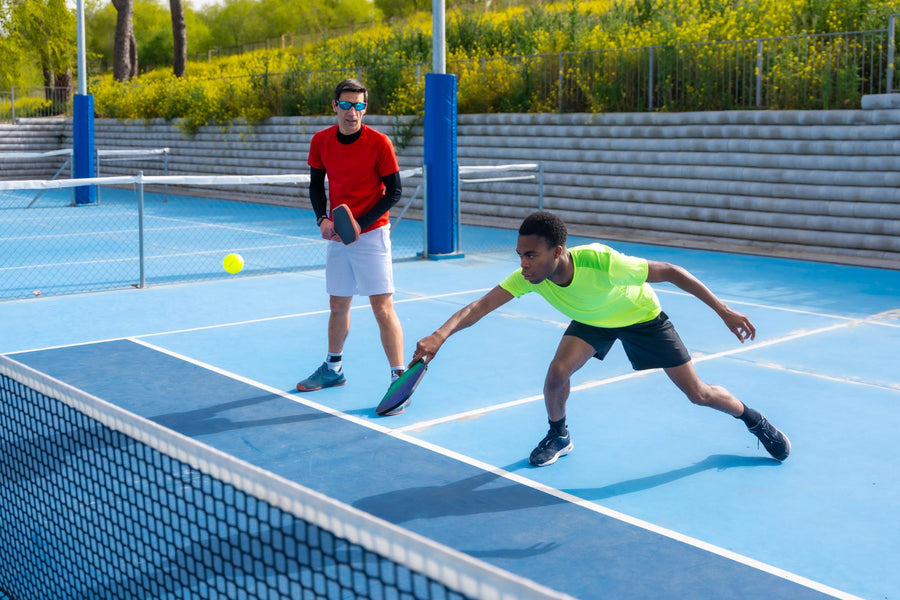

What to Do If an Injury Occurs
Play Smart, Play Long: Enjoying Pickleball Safely
Related Articles
If you want to go far, go together
Pickleball Strategies to Dominate The Court
Advanced Pickleball Strategies to Dominate the Court
Read More aboutAdvanced Pickleball Strategies to Dominate the Court
Explore the relationship between osteoarthritis and pickleball
Osteoarthritis and Pickleball: Can You Play?
Read More aboutOsteoarthritis and Pickleball: Can You Play?


